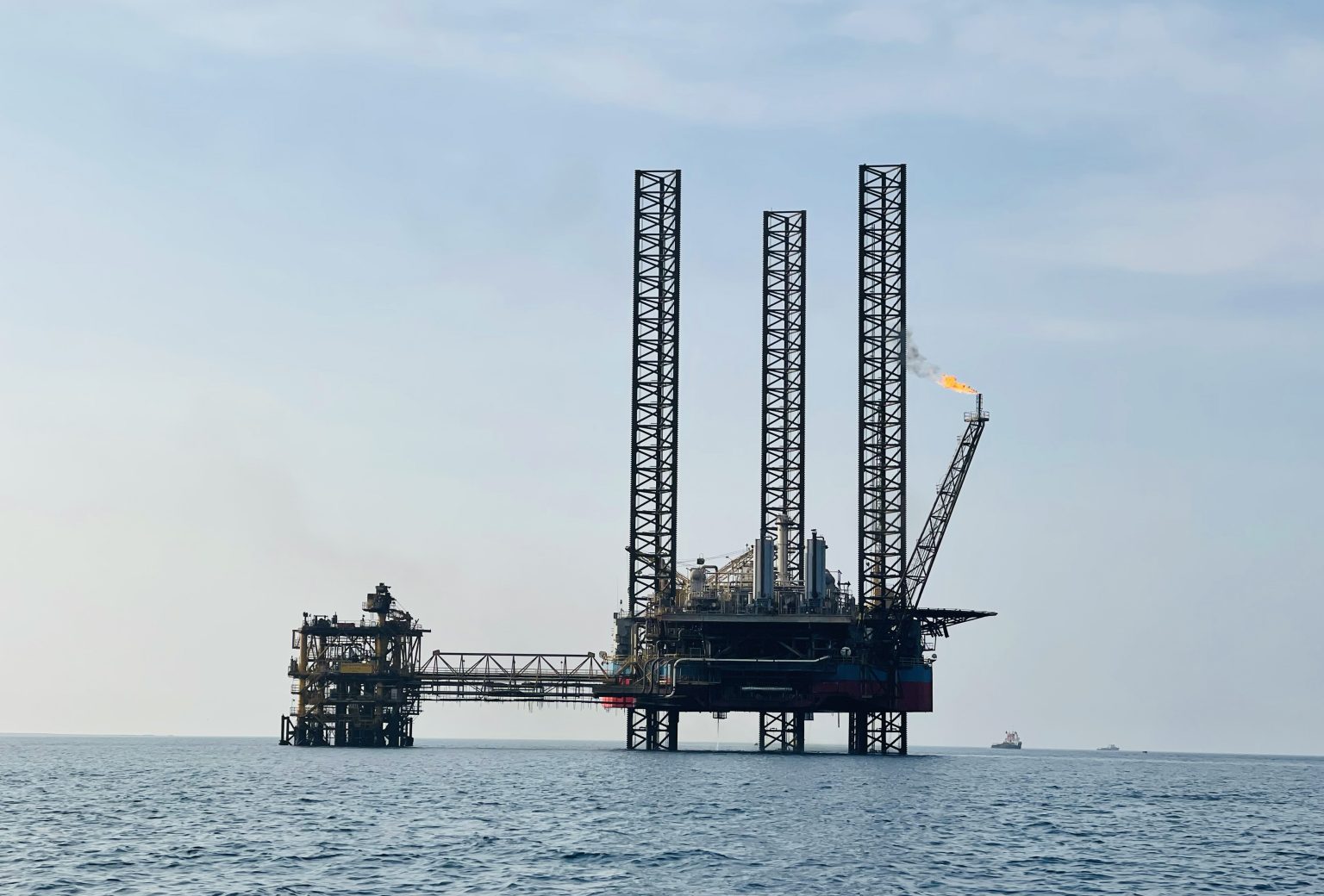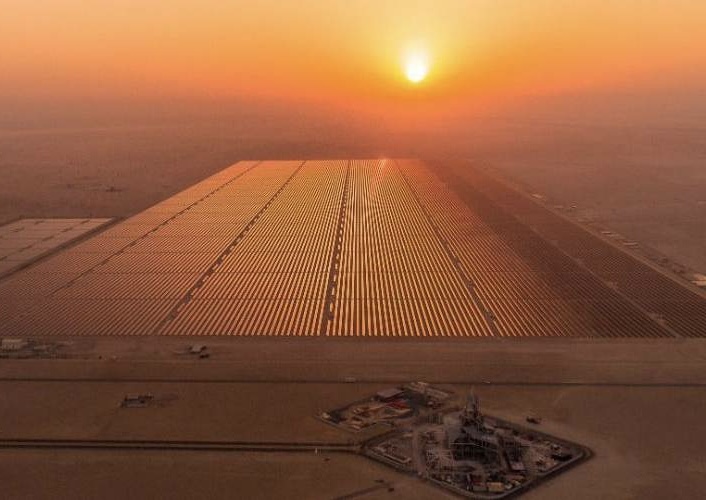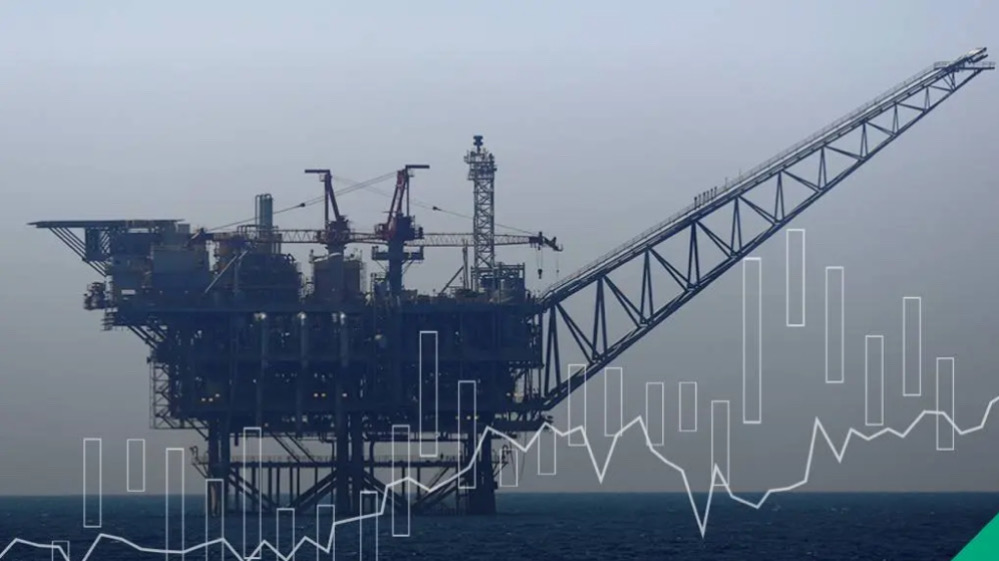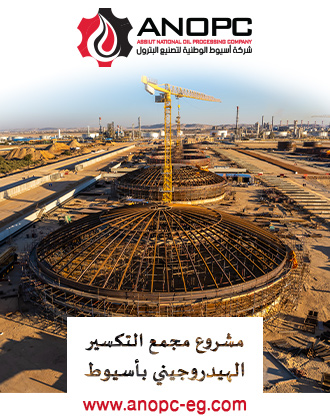Reports
Will Egypt Continue LNG Exports to Energy-Thirsty Europe?
Published on : 2023-09-04

It is hard to imagine that Egypt, currently the world’s 12th largest exporter of liquefied natural gas (LNG), is suffering an acute domestic fuel shortage. But power blackouts have been the norm this summer. The government announced several measures to ease the crisis, including outages and mandatory work-from-home days for civil servants.
While recurring summer heat waves and a higher demand for cooling are to blame for the crunch, the crisis reflects a deeper problem – a limitation in Egypt’s gas production capacity. It raises questions about the country’s export potential and has implications for buyers in Europe and elsewhere.
Unless new significant discoveries are made in Egypt, its domestic gas consumption is reduced and local prices align with those in the international market, the country’s standing as a major gas exporter will be compromised, along with its ambition to become a regional gas hub.
When domestic gas demand outruns production
Natural gas dominates Egypt’s primary energy and electricity-generation mixes, accounting for 55 percent and 84 percent, respectively. The power sector is the biggest fuel user, accounting for more than 62 percent of the domestic consumption.
Between 2002 and 2012, local demand grew in Egypt by an annual average of 7.1 percent (compared to a global average of 2.9 percent and an African average of 5.5 percent). That demand was primarily driven by subsidized gas prices and a government policy that encouraged the use of gas in industrial applications and power generation.
Due to Egypt’s failure to come close to its ambitious green energy target, and in the light of its continuing demographic and economic expansion, the domestic demand for gas is bound to accelerate again.
Over time, subsidized energy has become essential to the country’s social contract. In 2022, Egypt consumed 60.7 billion cubic meters (bcm) of gas, equivalent to 37.3 percent of Africa’s total gas consumption, making it the continent’s largest gas market.
When domestic production growth could not meet local demand, the Egyptian government introduced reforms in 2014 to phase out gas subsidies. In 2016, the International Monetary Fund (IMF) agreed to help finance the reform with an Extended Fund Facility (EFF), and Egypt pledged to end energy subsidies. However, to date, fully market-based prices have not materialized.
To an extent, the reforms succeeded in reducing domestic demand growth. Between 2014 and 2018, Egyptian gas consumption grew by 13.4 bcm (6.6 percent) annually and only by 1.1 bcm (0.5 percent) between 2018 and 2022. However, absent further reforms and due to Egypt’s failure to come close to its ambitious green energy target (of 42 percent of renewables in the power sector by 2030, up from around 5 percent today), and in the light of its continuing demographic and economic expansion, the domestic demand for gas is bound to accelerate again.
Facts & figures
Egypt’s energy mix evolution
Production: Unrealized potential
On the supply side, Egypt is a player in gas markets. It holds 2.1 trillion cubic meters (tcm) of proven gas reserves, equivalent to 16.3 percent of proven reserves in the African continent, which ranks it only after Nigeria (5.5 tcm) and Algeria (2.3 tcm).
Egypt has produced natural gas for domestic use since the mid-1970s, fully meeting its needs. In 2004, its gas output exceeded consumption, and the surplus was exported. The surplus lasted for a decade. By 2014, Egypt struggled to sustain production growth and became a net gas importer. Limited investment was the leading cause, partly because the Egyptian government was in arrears to oil and gas companies and partly due to the political instability that followed the 2011 Egyptian revolution and the ousting of longtime President Hosni Mubarak (1981-2011). The country’s gas production was shrinking at an average annual rate of 14.5 percent until 2016, when output reached around 40 bcm, or 33.7 percent below its 2009 peak.
Steps in the right direction
To reverse the trend, the Egyptian government awarded new exploration licenses with more attractive terms to investors. That effort paid off. In 2015, Italian Eni announced the discovery of the Zohr field, which rewrote Egypt’s gas fortunes. Not only is Zohr the biggest gas field discovered in the Eastern Mediterranean region, but Eni, its operator, succeeded in bringing it onstream in less than two and a half years from discovery – a record time for a deepwater field of this size. The existing infrastructure in Egypt facilitated its rapid development. Production from Zohr started in 2017 and reversed the decline in Egypt’s production. In 2022, Egypt produced 64.5 bcm, 7 percent higher than its previous peak and more than a quarter of Africa’s gas production.







